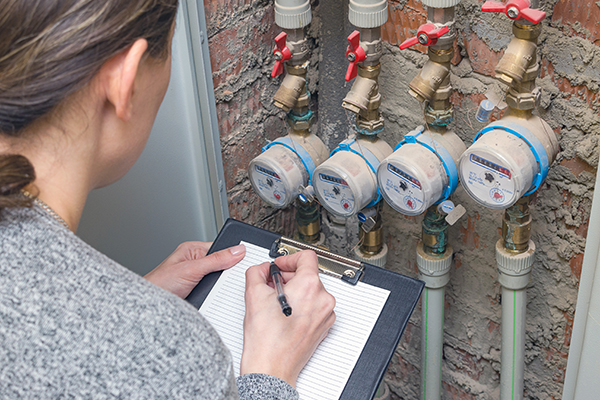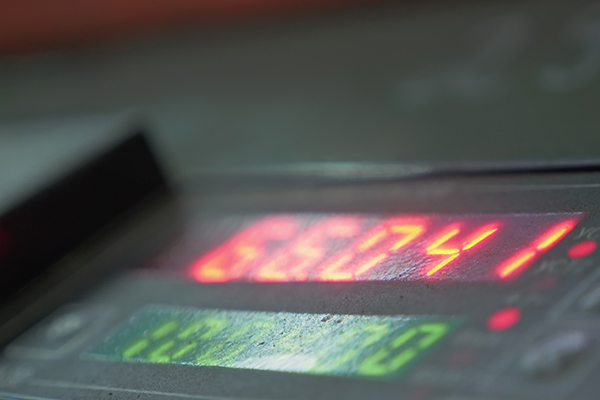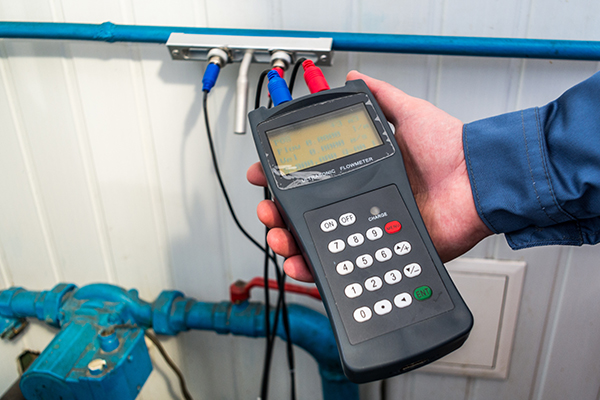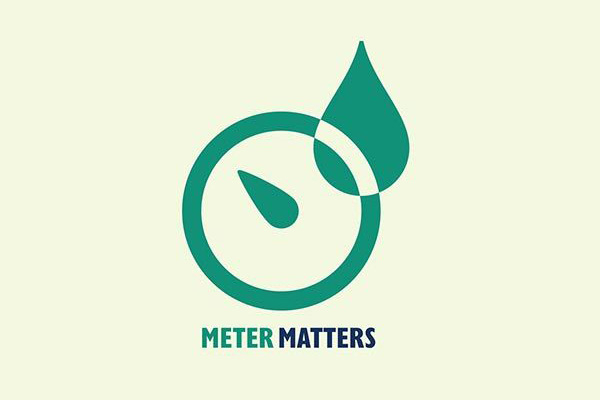Groundwater Use Reporting
As outlined in EAA rules, all permit holders or contract users are required to accurately read each well’s meter on both a monthly and annual basis.
To determine monthly use, subtract the first reading from the second reading. To determine annual use, subtract the January 1 meter reading from the December 31 meter reading from the annual groundwater withdrawal report. The calculated amount is the annual water use for that year. The December 31 reading is also the beginning meter reading for the following year.
 Conditions
Conditions






 CURRENT
CURRENT 
